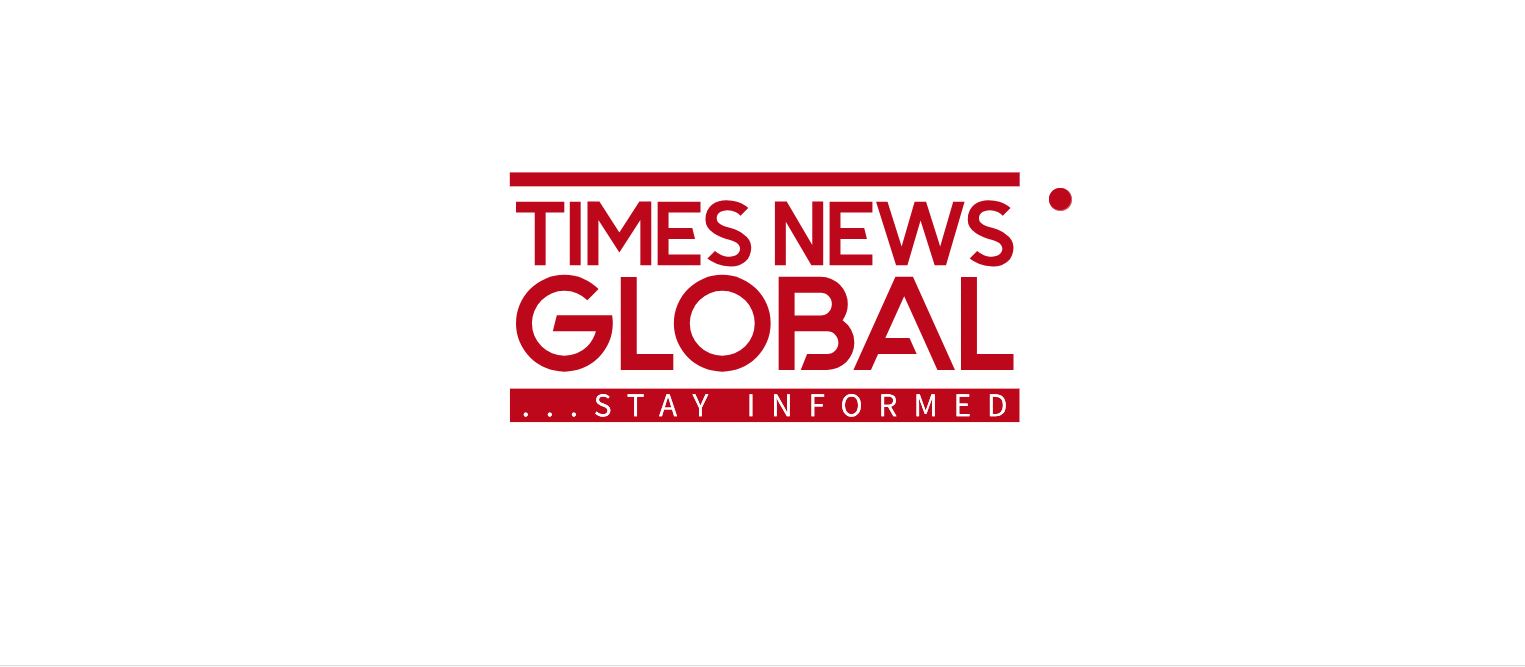Business
Brazil’s Ecommerce Market On the Rise Despite Challenges

Retail ecommerce in Brazil has experienced significant growth, more than doubling to 185 billion reais ($34.5 billion) in 2023 from its 2018 figures, according to the Brazilian Electronic Commerce Association. During the same period, the average order value saw an increase from 435 reais to 470 reais.
Comparatively, U.S. retail ecommerce sales in 2023 reached $1.14 trillion, as reported by eMarketer. In the Brazilian market, perfumery and cosmetics emerged as the top categories for online orders, followed by home and decor, health and food, and beverages.
Analysts at ECBD, a Brazil-based analysis firm, highlighted that electronics accounted for 31% of total ecommerce revenue in 2023, with fashion following at 27%, hobby and leisure at 14%, and furniture and homeware at 11%.
Mercado Livre maintains a dominant position in the ecommerce landscape of Brazil. It emerged as the most trafficked retail website in Brazil in March, with over 216 million visits, surpassing other contenders like Amazon, Shopee, OLX, and Ali Express, all of which operate as marketplaces. In contrast, Amazon.com in the U.S. recorded 3.15 billion visits in the same month.
During Q1 of 2024, digital channels contributed to approximately 16% of total retail sales in Brazil, including apps, websites, and email communications. This puts Brazil on par with the U.S. for the same period, wherein ecommerce accounted for 23% of total retail sales.
A study commissioned by Alibaba in 2024 revealed that cross-border ecommerce made up just 0.5% of total retail sales in Brazil, underscoring the challenges faced in conducting international business within the country.
The U.S. International Trade Administration highlighted the complexities of operating in Brazil, citing high direct and indirect costs, intricate tax structures, rigid labor laws, and formidable import barriers as persistent hurdles for businesses. Legislators in Brazil have made attempts to streamline processes and reduce barriers, including a recent tax exemption on international purchases below $50; however, domestic merchants are pushing back, advocating for a 20% fee instead.
Brazil struggles with logistical obstacles, given its vast territory and inadequate infrastructure. With over 1.52 million kilometers of roads, many of which traverse Amazonian rainforests, maintenance issues and limited port capacities add to the challenges. Additionally, cargo theft remains a prevalent concern. These challenges are compounded by inflation spikes, with a five-year monthly peak of 12% recorded in April 2022.
Despite these adversities, Brazil has made strides in modernizing its payment systems. The introduction of Pix by the Brazilian Central Bank in 2020 revolutionized payment methods, with Pix accounting for 41% of all retail transactions by 2023, superseding credit and debit cards. Buy-now pay-later services have also gained popularity.
According to Payments and Commerce Market Intelligence, Brazil, as the largest economy in Latin America, represents 57% of ecommerce sales in the region and is anticipated to sustain a growth rate of approximately 14% annually through 2026. The pandemic accelerated the adoption of ecommerce in Brazil, pushing skeptics towards online shopping. However, economic disparities persist, with the bottom 40% of households earning less in 2021 than in 2016, as per the World Bank, potentially impeding ecommerce growth in the near future.












